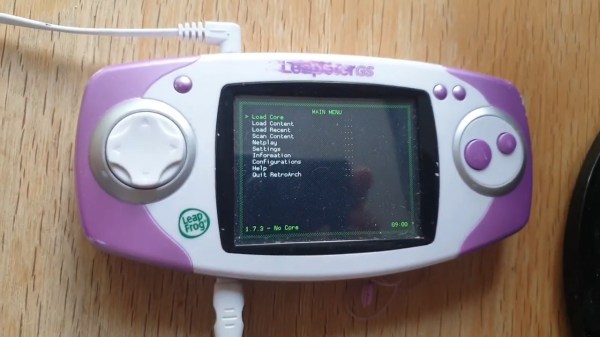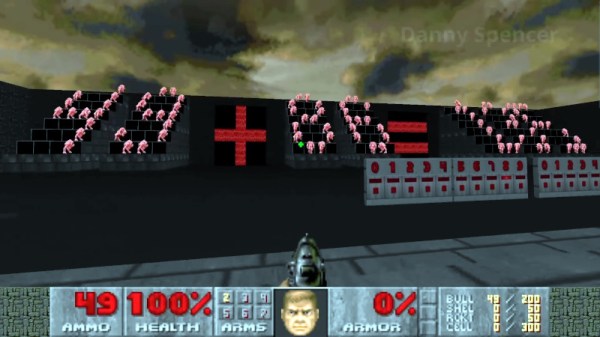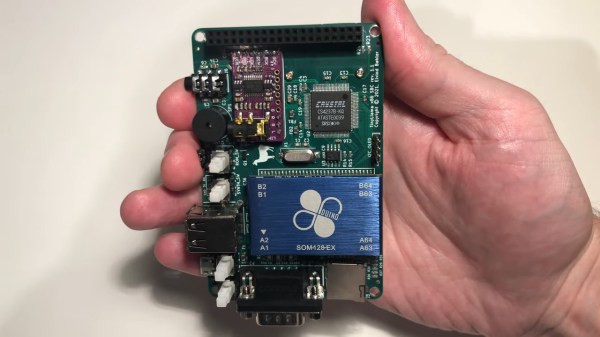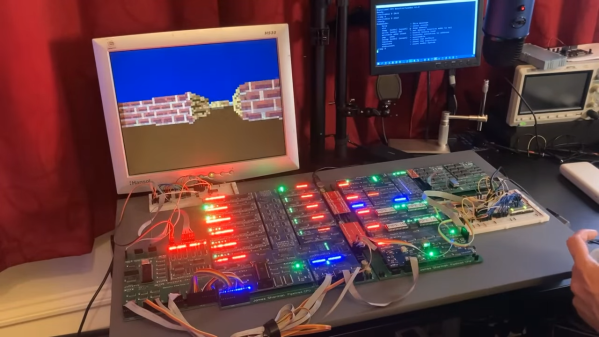Retro games are a blast, and even more so when you can bring the fun on the go. [mac2612] has developed a custom retroarch-based firmware for the Leapster GS and LeapPad2. (via Bringus Studios on YouTube)
We covered Linux on the Leapster before, but Retroleap seems better documented (and still up on the internet). Installation is done over the command line with sshflash, also by [mac2612], after booting the Leapster or LeapPad2 into “Surgeon Mode.” Since the stock bootloader remains intact, you can always return the LeapFrog to its default state if anything gets wiggy by reflashing the device via the LeapFrog Connect App.
The default system includes emulators for NES, SNES, GBA, Genesis, Atari 800, and MAME. Performance varies, but some PS1 games have even run successfully on the device.
If you’d like to see some other LeapFrog hacks, checkout this LeapFrog TV Running DOOM or Composite Video Out on the DIDJ.

















